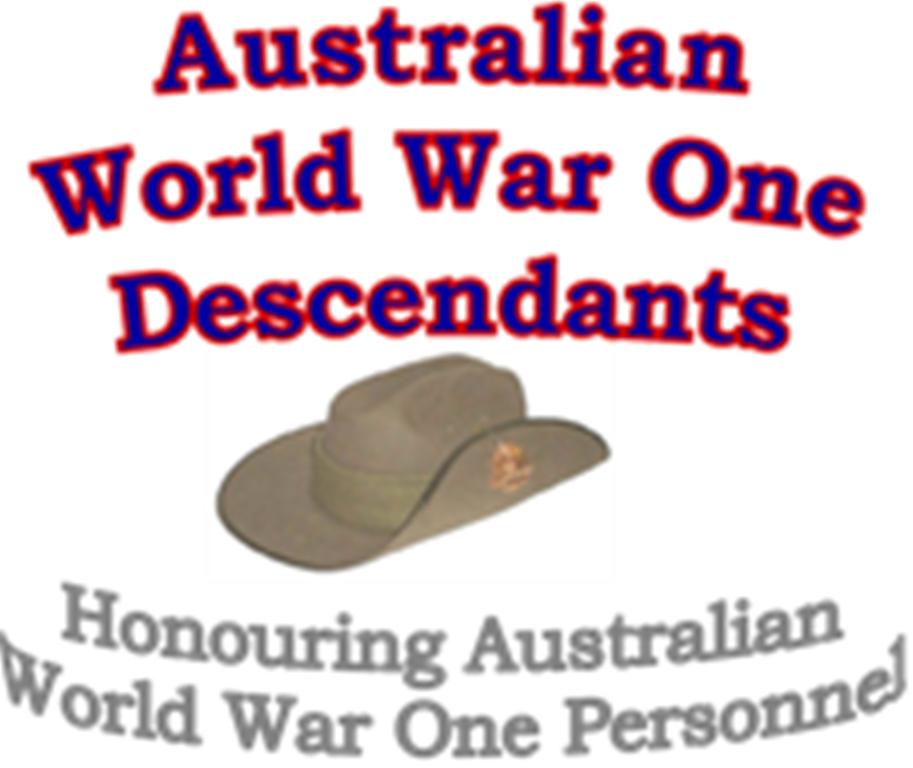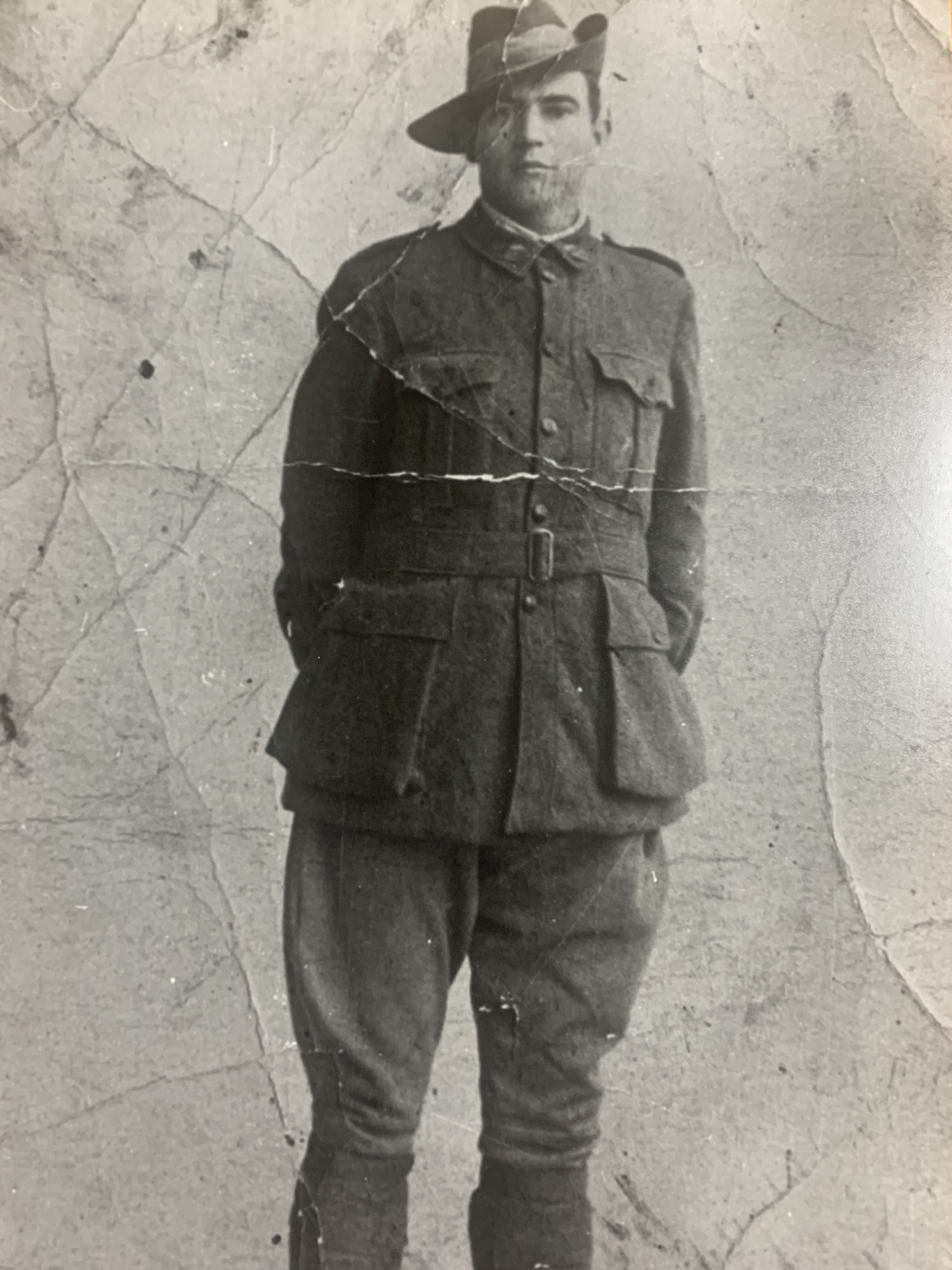
Honouring Australian World War One Personnel
Name - Ernest James Mitchell
Rank - Private
Official Number - 6101
Enlistment Date - August 8th , 1916 aged 22
Regiment - 17th Battalion
AWWOD descendant - Philip Ross
Service Detail - Ernest was born in 1894 and came from the town of Hargraves (near Mudgee) in NSW. He enlisted in the Australian Imperial Force aged 22 years and 5 months on August 8th 1916 at Victoria Barracks. On 22nd August 1916 he was transferred to Liverpool (NSW) where he joined the 17th Battalion. He embarked from Sydney on ‘Ascanius’ on 25th November 1916 and disembarked at Devonport (England) on 28th December 1916.
On 29th December 1916 Ernest joined the 5th Training Battalion in Rollestone (UK). Ernest then marched into Etaples (France) on 13th March 1917. In April 1917 he joined in the first Battle of Bullecourt. Bullecourt, a village in northern France, was one of several villages to be heavily fortified and incorporated into the defences of the Hindenburg Line in 1917. The attack was hastily planned and mounted and resulted in disaster. Tanks which were supposed to support the attacking Australian infantry either broke down or were quickly destroyed. Nevertheless, the infantry managed to break into the German defences. Due to uncertainty as to how far they had advanced, supporting artillery fire was withheld, and eventually the Australians were hemmed in and forced to retreat. The two brigades of the 4th Division that carried out the attack, the 4th and 12th, suffered over 3,300 casualties; 1,170 Australians were taken prisoner - the largest number captured in a single engagement during the war.
Ernest was wounded in action on 15th April 1917 suffering a perforating wound to the left chest. The wound and subsequent injuries were significant but could have been worse except for the fact that the bullet passed through Ernest’s pay book that was in his top left pocket (see photos). He was initially transferred to No. 3 Stationary Hospital in Rouen (France) then on 22nd July 1917 he was transferred to Tooting Military Hospital in England. He was subsequently transferred to the No. 3 Auxiliary Hospital 3rd Australian Hospital at Dartford on 7th September 1917 before finally arriving at the Hospital in Weymouth on 26th September 1917.
Ernest returned to Australia per H.M.A.T. Anchises on 4th January 1918 and was discharged form the Australian Imperial Force in consequence of medical unfitness on 30th April 1918.
Members thoughts / recollections - ‘Pop Mitch’ (as he was known to his grandchildren) passed away in 1967 aged 73 when I was 9 years of age. On his return from WW1 he worked on the NSW Railways and during his employment he took on the role of a Union organiser.
I remember Pop as a big man who was gentle by nature but at the same time commanded a presence when you were in the same room with him in a crowd. He was always impeccably dressed and one thing that sticks in my mind was that he always wore braces. I loved him coming along to watch me play rugby league as he always bought me an ice cream at the end of the game. Sadly, his life ended too soon for me to have lots of those memories, but I am grateful for the time I had with him. Pop’s war injuries had reduced his lung capacity and I recall the many visits he had to Concord Reparation Hospital because of this reduced capacity until one day in 1967 mum and dad came home and told me that Pop had passed away. I never realised the sacrifices that Pop made until I started to undertake this research and I have been amazed by what I have found out about this part of his life.
